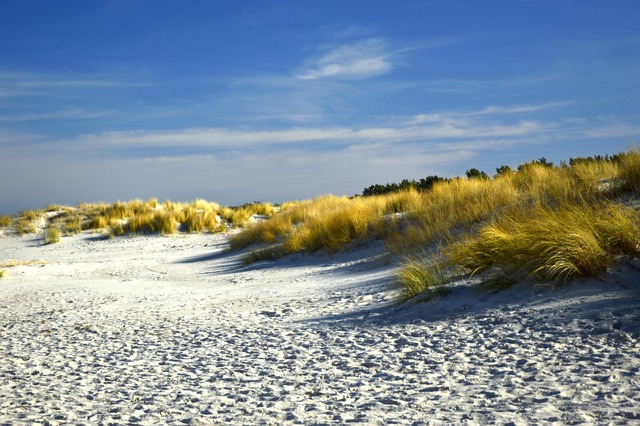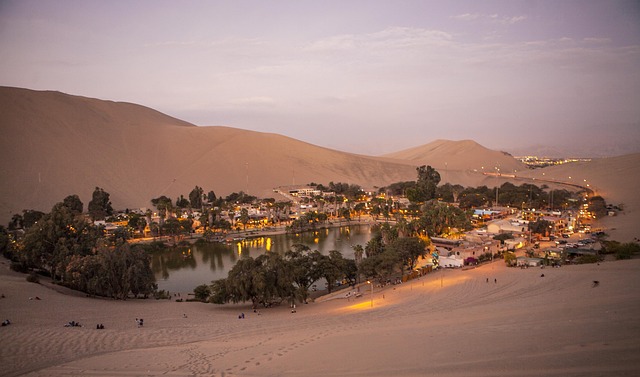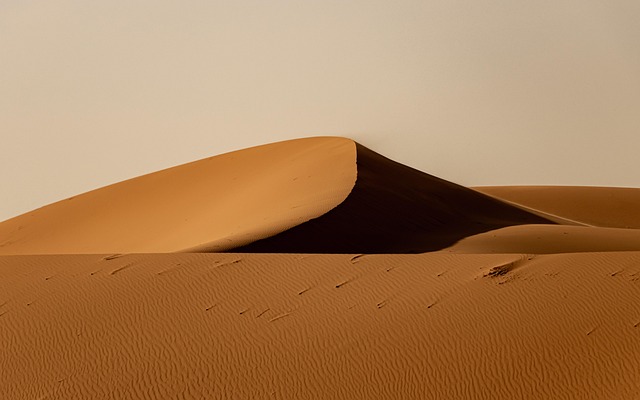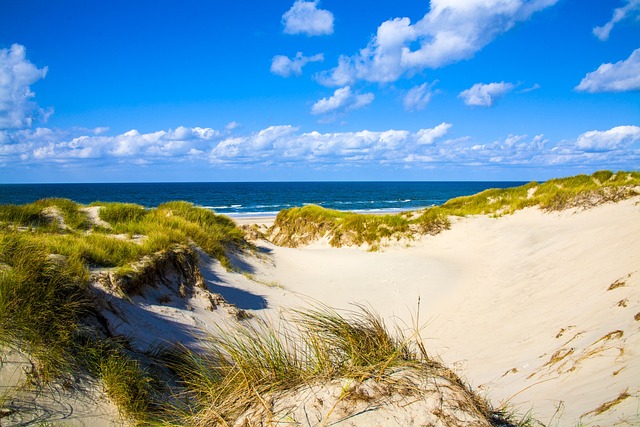Oregon's Dunes National Recreation Area is a photographer's dream, offering diverse plant life and ever-changing sand dunes for captivating Oregon dunes photography. From towering pines to rare flora like dune milkweed and Oregon grape, the area boasts vibrant textures and colors. Photographers can capture dramatic scenes, explore hidden nooks, and showcase the region's unique beauty and ecological story. Conservation efforts protect this fragile ecosystem, ensuring its continuation as a premier destination for Oregon dunes photography enthusiasts.
Discover the breathtaking plant life diversity of Oregon’s iconic dunes, a photographer’s paradise teeming with unique flora. From vibrant wildflowers to resilient shrubs, this ecosystem offers a colorful tapestry. Explore the specialized plants adapted to the challenging conditions, and learn how to capture their dramatic beauty through stunning photography tips. Understand the importance of conservation efforts to preserve this natural wonder for future generations.
- Unveiling Oregon's Dunes: A Photographer's Paradise
- The Eclectic Flora: A Rainbow of Greens and More
- Dune-Specific Plants: Adapting to the Challenging Environment
- Capturing the Essence: Photography Tips for Dramatic Results
- Conservation Efforts: Preserving This Natural Wonder
Unveiling Oregon's Dunes: A Photographer's Paradise
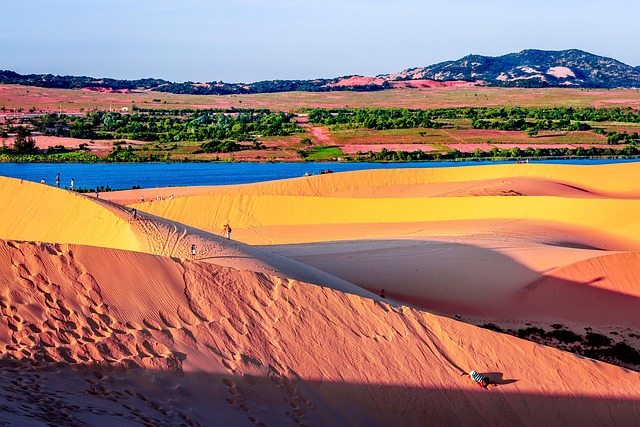
Oregon’s Dunes National Recreation Area is a photographer’s dream, offering breathtaking landscapes that showcase the region’s remarkable plant life diversity. The ever-shifting sand dunes, sculpted by winds and waves, provide a dynamic backdrop for capturing unique and captivating images. From towering pine trees that stubbornly hold their ground against the shifting sands to delicate wildflowers that bloom in pockets of sunlight, the area is a vibrant tapestry of colors and textures.
Photographers can explore endless opportunities, whether it’s capturing the dramatic silhuettes of plants against the vast sky or discovering hidden nooks filled with moss-covered rocks and rare flora. The Oregon Dunes photography experience goes beyond the visual; it immerses one in the area’s rich ecological story, where resilience and beauty thrive amidst ever-changing conditions.
The Eclectic Flora: A Rainbow of Greens and More

The Oregon Dunes National Recreation Area is a treasure trove for botanists and nature enthusiasts alike, boasting an astonishing variety of plant life that paints the landscape in a vibrant palette of greens and hues unseen elsewhere. Beyond the iconic sand dunes, diverse flora thrives in this unique ecosystem, offering a spectacle that captivates visitors. From delicate wildflowers dotting the hills to towering conifers providing shelter, the region’s eclectic flora is a photographer’s dream.
Oregon Dunes photography enthusiasts will find themselves lost in a sea of opportunities as they capture rare species like the dune milkweed and the vibrant Oregon grape. The area’s microclimates support an array of plants, allowing for the coexistence of desert-like conditions and lush forests near water bodies. This diversity is a testament to the resilience and adaptability of nature, making each corner of the dunes a potential canvas for breathtaking botanical art.
Dune-Specific Plants: Adapting to the Challenging Environment
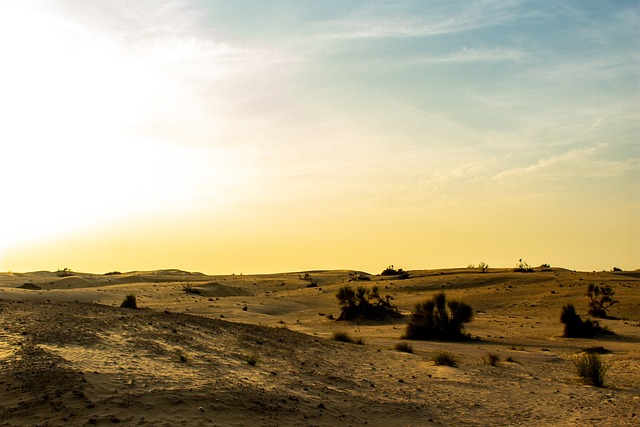
The Oregon Dunes National Recreation Area boasts a unique and diverse ecosystem, home to an array of plant life that has adapted to the challenging conditions of shifting sands and harsh weather patterns. Among these, dune-specific plants have evolved remarkable strategies to survive and thrive in this ever-changing environment. These resilient species play a crucial role in shaping the landscape and providing habitat for various wildlife.
Many dune plants have deep, extensive root systems that anchor them firmly in the loose sand, preventing erosion and allowing them to access water and nutrients deep below the surface. Some have thick, waxy leaves that reduce water loss during hot, dry summers, while others produce dense foliage that provides shade, creating microhabitats for smaller organisms. Oregon Dunes photography often captures these plants as a colorful contrast against the vast dunes, showcasing their beauty and importance in this fragile ecosystem.
Capturing the Essence: Photography Tips for Dramatic Results

Capturing the breathtaking beauty of the Oregon Dunes requires more than just a camera; it demands an artistic eye and technical prowess. To truly showcase the dramatic landscapes, photographers should consider shooting during the golden hours—the hour before sunrise or after sunset—when warm, soft light bathes the dunes in a magical glow. This soft lighting creates stunning contrasts between the sand’s textures and the dramatic sky, adding depth and dimension to your images.
For dramatic Oregon Dunes photography, don’t be afraid to experiment with different angles and perspectives. Climb to higher grounds or find unique spots among the dunes to capture sweeping vistas. Using a tripod can help stabilize your camera for long-exposure shots during low-light conditions, enabling you to create captivating silhouettes and night-time landscapes that highlight the area’s raw, untamed beauty.
Conservation Efforts: Preserving This Natural Wonder
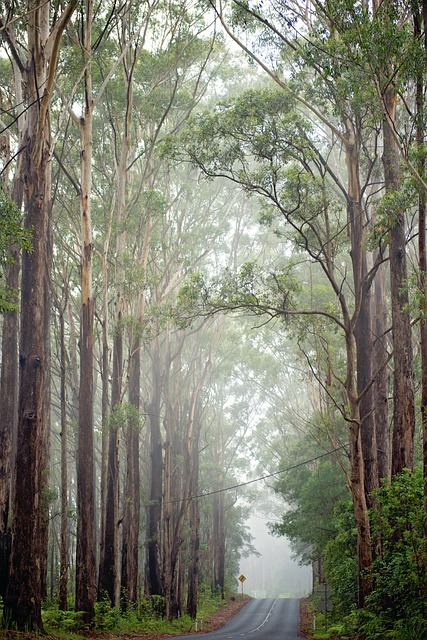
The Oregon Dunes National Recreation Area is a stunning landscape that has captured the hearts of many, inspiring countless Oregon dunes photography enthusiasts. However, this delicate ecosystem faces challenges from both natural and human factors. Conservation efforts play a vital role in preserving this natural wonder for future generations.
Various initiatives have been undertaken to protect the diverse plant life and unique geological features of the dunes. These include habitat restoration projects aimed at revitalizing native plant species, many of which are rare or endangered. Strict regulations on off-road vehicles help mitigate damage to the sensitive sand dunes and ensure visitors enjoy the area responsibly. Additionally, educational programs raise awareness about the importance of preserving this fragile environment, fostering a sense of stewardship among locals and tourists alike.
